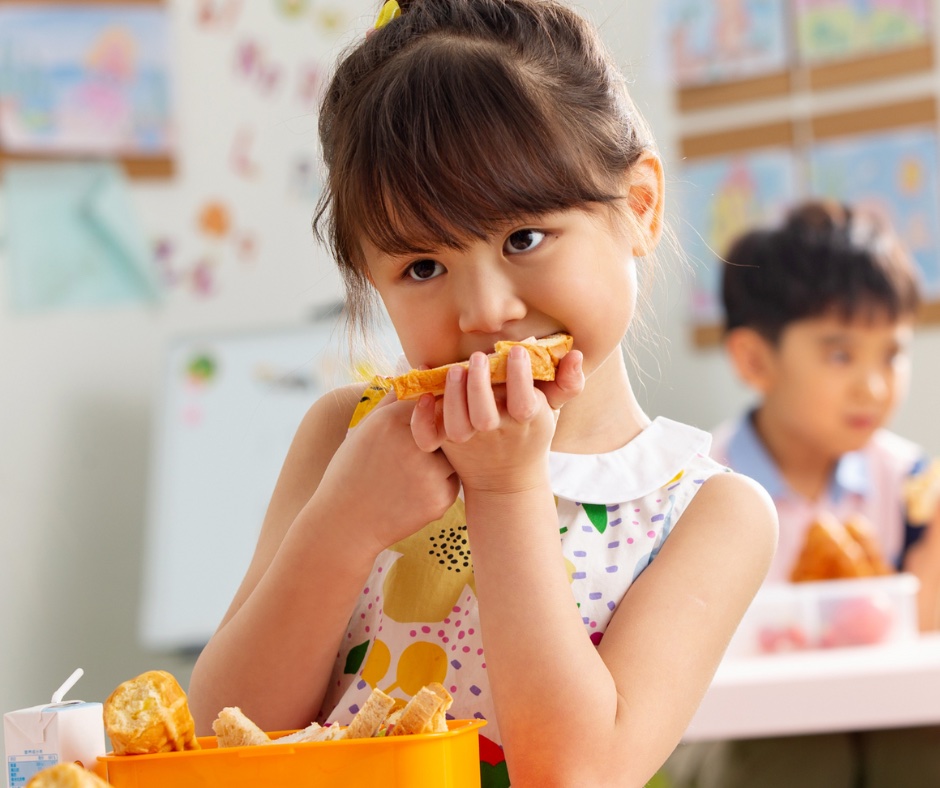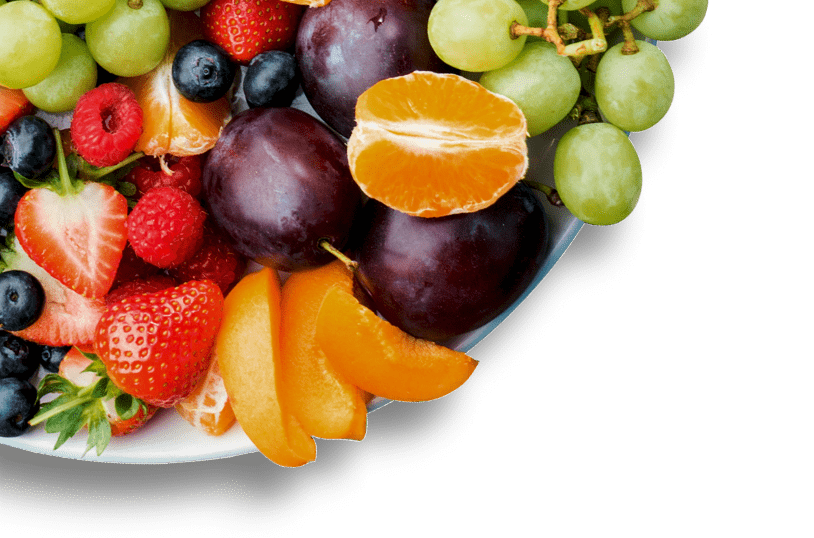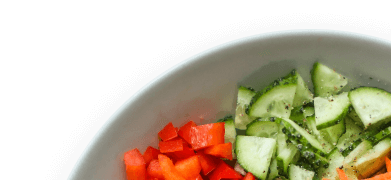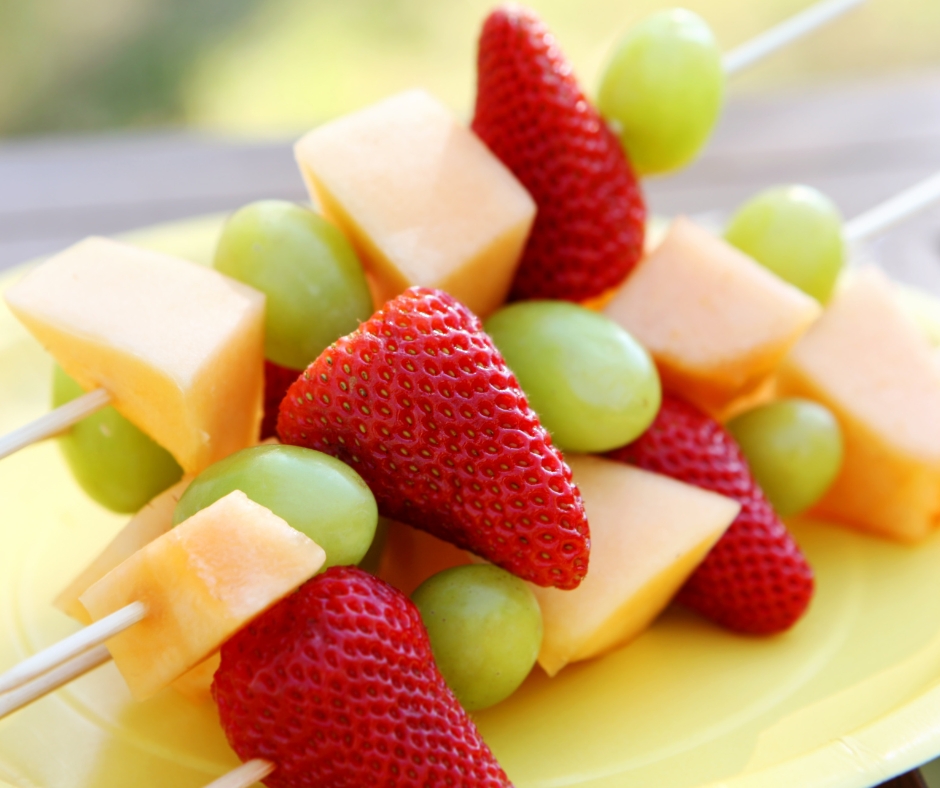How to plan a menu for long day care
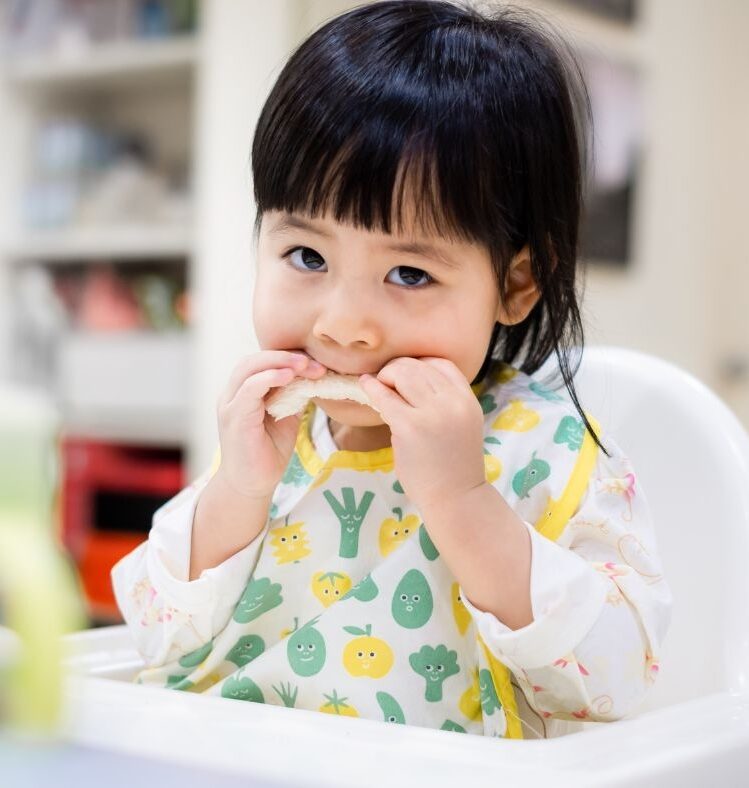
When preparing meals for children it is important to plan ahead so that the meals provided offer the right variety of food to help children meet their nutrition and developmental needs.
Developing a menu makes planning and preparing meals easier and also helps with shopping for ingredients, time management and budgeting.
The following steps will help you to plan a menu that meets Menu planning guidelines for long day care.

Follow these steps and refer to the sample menu template in the downloadable resource to develop a menu for your centre.
- Plan for a two-week menu cycle. Use two different two-week menu cycles to develop a seasonal menu that covers four weeks (i.e. a four week summer menu and a four week winter menu).
- Work out how many children the menu needs to cater for.
- Identify any special dietary needs such as cultural preferences, allergies^ or vegetarian diets.
- Print four copies of the sample menu template in the downloadable resource (or create your own) and label each according to season, date and week number.
- Review your recipe collection and think about new meal ideas if necessary. Visit www.heas.health.vic.gov.au for recipes.
- Fill in all main meals using the criteria outlined in the Menu planning guidelines for long day care. Include details about ingredients used in recipes.
- Add morning tea and afternoon tea and drinks.
- Use the Menu planning checklist for long day care to ensure that morning tea, lunch and afternoon tea provide the right balance of foods.
- If your centre provides breakfast or a late snack, add these to the menu template.
For an example of a menu that meets the Menu planning guidelines, see the Sample two-week menu for long day care.
^ For information about allergies and anaphylaxis action plans visit Australasian Society of Clinical Immunology and Allergy www.allergy.org.au.
For more information please phone 1300 22 52 88 or email heas@nnf.org.au
Except where otherwise indicated, the images in this document show models and illustrative settings only, and do not necessarily depict actual services, facilities or recipients of services. This document may contain images of deceased Aboriginal and Torres Strait Islander peoples. In this document, ‘Aboriginal’ refers to both Aboriginal and Torres Strait Islander people. ‘Indigenous’ or ‘Koori/Koorie’ is retained when part of the title of a report, program or quotation. Copyright © State of Victoria 2016
Written and reviewed by dietitians and nutritionists at National Nutrition Foundation, with support from the Victorian Government.

Register your interest
"*" indicates required fields

